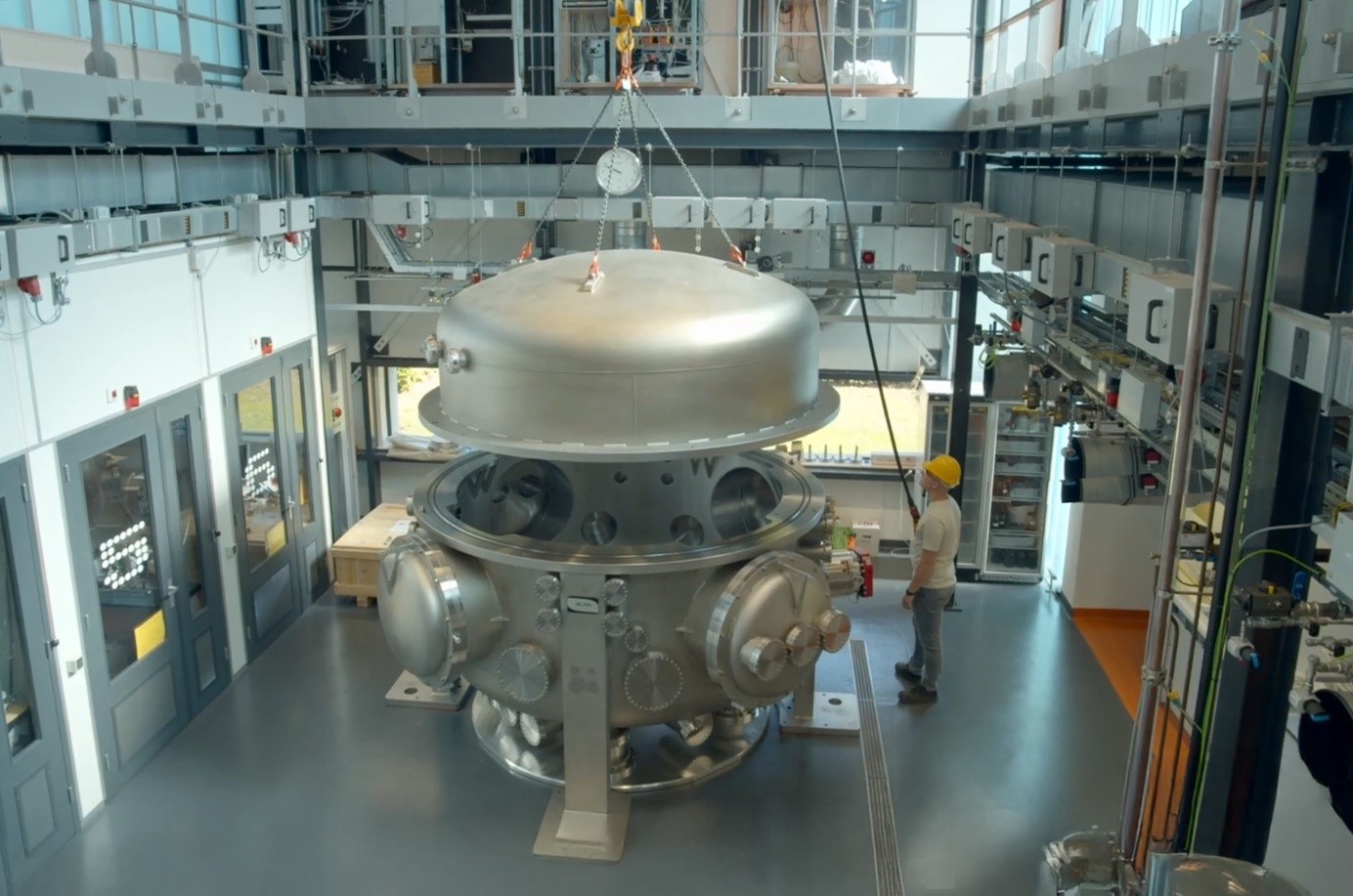Zero-vibration Sorption Cryocooler for Einstein Telescope
Participating countries
Duration and status
In progress.
Partners
University of Twente: EMS Group
Cooll Sustainable Energy Solutions B.V.
Associate partners
Cryoworld advanced cryogenics
Mat-tech
NOVA
ASTRON
Universiteit Leiden
Budget
Funding: €2.6 million
Program and en domain
Domain: Vibration-free cooling
Problem Statement
Observation of gravitational waves is only possible if the vibrations of the mirrors are reduced billions of times compared to the quietest research laboratories. Initial observations have been made in current 2nd generation (2G) detectors and the aim is to achieve a major step in sensitivity with the newly developed Einstein Telescope (the 3rd generation 3G detector). One of the important technological improvements of the Einstein Telescope is the cryogenic cooling of the main optics to a temperature of about 10 Kelvin. Of paramount importance herein is that cryogenic cooling be vibration-free in continuous operation.
Objective
The consortium of DEMCON kryoz, University of Twente and Cooll, together with its associate partners and subcontractors, aims to develop vibration-free, sorption-based cooling technology for application in the Einstein Telescope. The so-called Joule-Thomson cryocoolers use sorption technology-based compressors. Because this compression and cooling technology contains no mechanically moving parts, the vibration level is potentially extremely low when the system is in operation.
Description of the innovation
The baseline of the sorption cryocooler consists of three stages thermally connected via a pre-cooling heat exchanger. These stages are sorption-based Joule-Thomson (JT) coolers that generate temperatures of 40 K (neon stages), 15 K (hydrogen stages) and 8 K (helium stages), respectively. The compressors of these JT coolers are thermally driven and due to the absence of mechanically moving parts, unlike traditional cryogenic coolers, this is expected to result in an absolute minimum of vibration generated. To significantly reduce startup time, the system is equipped with a kickstarter cooler, a mechanically driven cryo pre-cooler (it generates vibrations, but this is not a problem in the startup phase). This kickstarter power is used to pre-cool radiation shields near the mirrors without mechanical contact. Once the ET setup is cooled, the (vibration-free) sorption JT cryocooler takes over the cooling function and the kickstarter cooler can be turned off.

